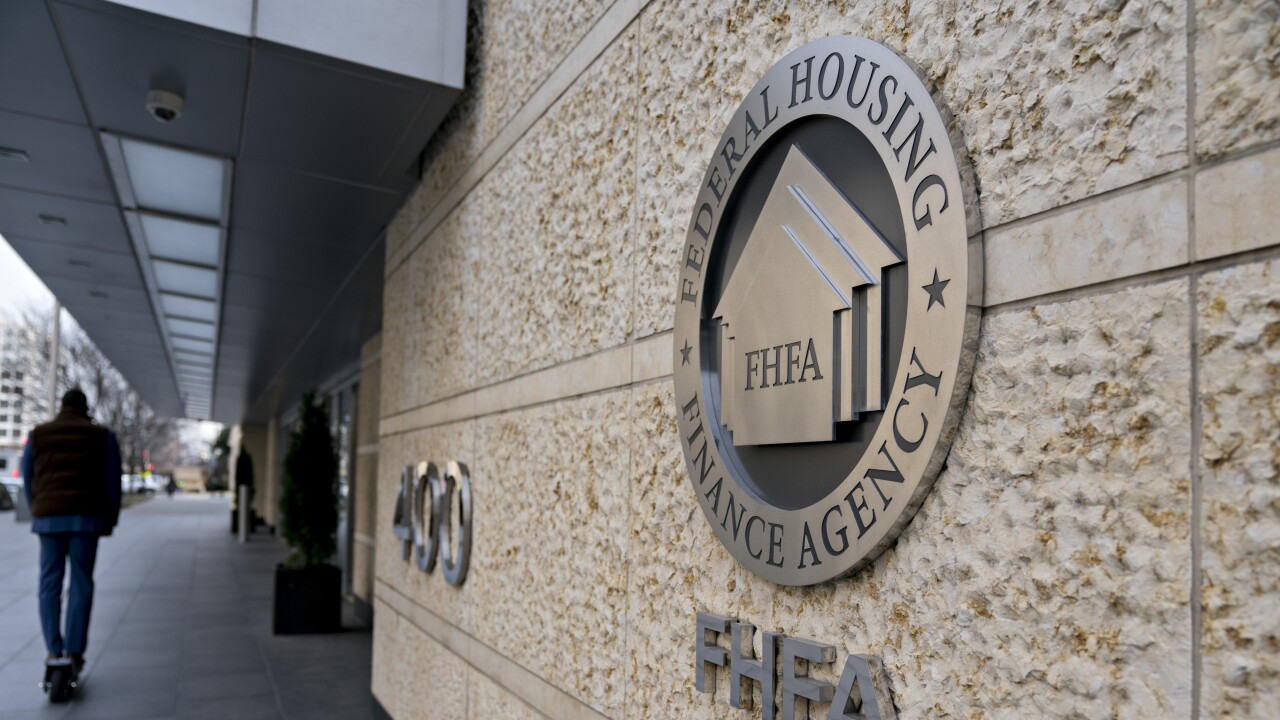Annual home price growth decelerated to under 10% in the third quarter, as surging mortgage rates diminished demand, according to the National Association of Realtors.
But 46% of markets still saw year-over-year costs appreciating at a double-digit rate, while prices of existing single-family homes were up in 98% of metropolitan areas.
The median sale price for existing homes in the third quarter climbed 8.6% from one year ago to a value of $398,500, NAR said. During the second quarter, housing costs had surged 14.2% to a median of $413,500.
While elevated, the latest number was a far cry from the
"Much lower buying capacity has slowed home price growth and the trend will continue until mortgage rates stop rising," said NAR Chief Economist Lawrence Yun in a press release.
NAR compiled data between July and September before
Comparisons to second-quarter data underscored the rapid slowing in prices this year. The median sales price dropped 36.3% compared to three months ago, while 80% of for-sale homes in the second quarter had experienced double-digit growth.
The largest price increase occurred in the South, where values surged 11.9% annually, followed by gains of 8.2% in the Northeast, 7.4% in the West and 6.6% in the Midwest, NAR said. The Southern U.S. also accounted for the largest share of single-family existing-home sales with 44%.
Five of 10 of the most expensive housing markets are located in California, topped by the San Jose-Sunnyvale area, where the median price rose 2.3% to $1.69 million. The San Francisco-Oakland region landed in second place at $1.3 million, followed by the Anaheim market, Honolulu and San Diego, where prices came in at $1.2 million, $1.13 million and $900,000, respectively.
"The more expensive markets on the West Coast will likely experience some price declines following this rapid price appreciation, which is the result of many years of limited home building," Yun said.
"The Midwest, with relatively affordable home prices, will likely continue to see price gains as incomes and rents both rise," he added.
Affordability will still pose a challenge for many aspiring homeowners, though. A monthly mortgage payment on a typical existing home with 20% down payment came out to $1,840, representing a 50% jump from a year ago when interest rates were more than 3% lower. NAR determined the median income needed for a typical home also increased to $88,300.
"That's almost $40,000 more than it was prior to the start of the pandemic, back in 2019," Yun said.





